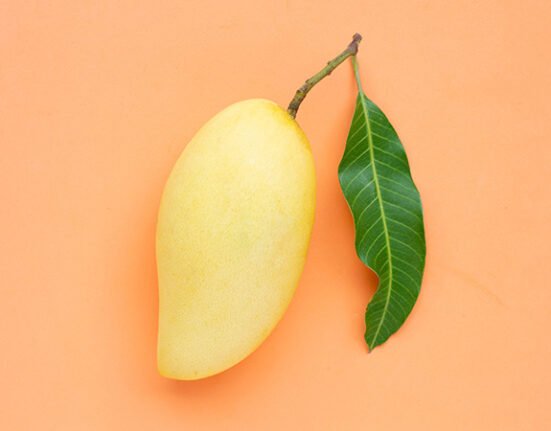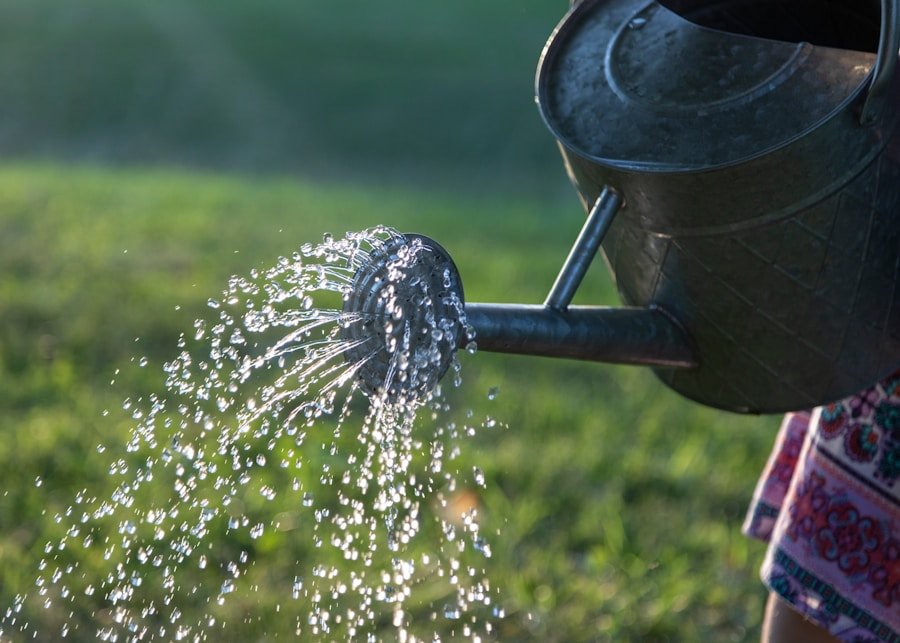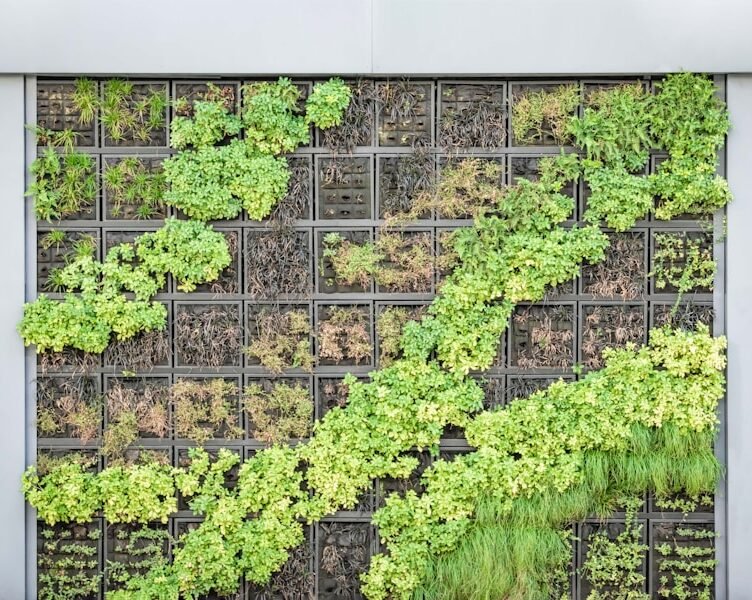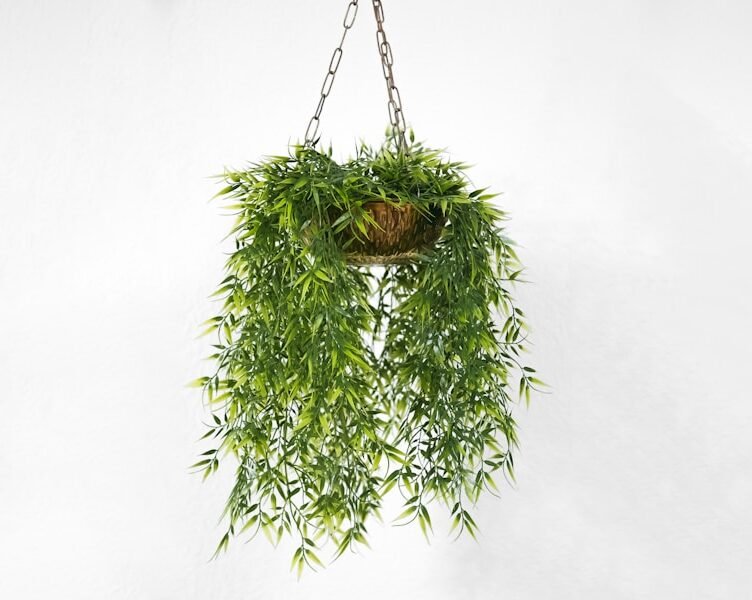When it comes to indoor plant care, selecting the right plants for your space is crucial. Before bringing a plant home, it’s essential to evaluate the lighting conditions in your home. Different plants have varying light requirements, with some thriving in direct sunlight and others preferring low light conditions.
Observe the natural light that enters your home throughout the day and choose plants that are suitable for those conditions. Additionally, consider the size of your space and the level of maintenance you’re willing to commit to, as some plants require more attention and care than others. It’s also important to consider any potential allergies or sensitivities you or your family members may have to certain plants, ensuring that you choose plants that won’t cause adverse reactions.
When selecting plants for your indoor space, consider the aesthetic you want to achieve. Plants can have a modern, minimalist appearance or a lush, tropical look, so choose plants that complement the style and decor of your home. Consider the purpose of the plants in your space, whether it’s to purify the air, add color, or create a sense of calm.
By evaluating these factors, you can choose plants that will not only thrive in your space but also enhance the ambiance of your home.
Key Takeaways
- Do choose plants that are suitable for your indoor space and lighting conditions
- Don’t overwater your plants; understand their specific watering needs and frequency
- Do provide adequate light and temperature for your plants to thrive
- Don’t use the wrong soil or potting methods for your plants; research and use the correct ones
- Do monitor your plants for common pests and diseases and address them promptly
Understanding Watering Needs and Frequency
Understanding Watering Needs
One of the most common mistakes beginners make when caring for indoor plants is overwatering. It’s essential to understand the specific watering needs of each plant and to water accordingly. Some plants prefer to dry out between waterings, while others require consistently moist soil.
Avoiding Overwatering
Before bringing a new plant home, take the time to research its specific watering needs and create a watering schedule based on those requirements. Additionally, pay attention to the signs of overwatering, such as yellowing leaves, wilting, or moldy soil. If you notice any of these signs, adjust your watering routine accordingly.
Preventing Underwatering
On the flip side, underwatering is another common mistake that can lead to the demise of indoor plants. It’s crucial to monitor the moisture levels of your plants’ soil and water them as needed. One way to determine if a plant needs water is to stick your finger into the soil up to the first knuckle. If the soil feels dry at that depth, it’s time to water.
Providing Adequate Light and Temperature
In addition to understanding watering needs, it’s crucial to provide indoor plants with adequate light and temperature conditions. Different plants have different light requirements, so it’s important to place them in locations where they will receive the appropriate amount of light. Some plants thrive in bright, direct sunlight, while others prefer indirect or low light conditions.
Take note of the natural light that enters your home throughout the day and place your plants accordingly. If you find that certain areas of your home lack natural light, consider supplementing with artificial grow lights to ensure that your plants receive the light they need to thrive. Temperature is another important factor to consider when caring for indoor plants.
Most indoor plants prefer temperatures between 65-75 degrees Fahrenheit during the day and slightly cooler temperatures at night. It’s important to avoid placing plants near drafty windows or vents, as extreme temperature fluctuations can be detrimental to their health. Additionally, be mindful of any drastic changes in temperature that may occur in your home due to heating or cooling systems.
By providing your indoor plants with consistent and appropriate light and temperature conditions, you can help them thrive and flourish in their environment.
Using the Correct Soil and Potting Methods
| Do’s | Don’ts |
|---|---|
| Do water your plants regularly, based on their specific needs. | Don’t overwater your plants, as it can lead to root rot. |
| Do provide adequate sunlight for your plants to thrive. | Don’t expose your plants to direct sunlight for extended periods, as it can cause sunburn. |
| Do repot your plants when they outgrow their current containers. | Don’t repot your plants too often, as it can cause stress to the roots. |
| Do regularly clean the leaves of your plants to remove dust and pests. | Don’t use harsh chemicals or abrasive materials to clean your plants, as it can damage the foliage. |
When it comes to indoor plant care, using the correct soil and potting methods is essential for ensuring the health and vitality of your plants. Different types of plants have different soil requirements, so it’s important to choose a potting mix that is tailored to the specific needs of each plant. For example, succulents and cacti require a well-draining soil mix that allows excess water to escape quickly, while tropical plants may require a more moisture-retentive mix.
Before repotting or planting a new indoor plant, take the time to research its specific soil requirements and choose a potting mix that aligns with those needs. In addition to choosing the right soil mix, it’s important to use appropriate potting methods when planting or repotting indoor plants. When selecting a pot for your plant, be sure to choose one with drainage holes to allow excess water to escape.
This will help prevent waterlogged soil, which can lead to root rot and other issues. Additionally, be mindful of the size of the pot in relation to the size of the plant. A pot that is too large can lead to overwatering and stagnant soil, while a pot that is too small can restrict root growth and lead to stunted growth.
By using the correct soil and potting methods, you can provide your indoor plants with a healthy growing environment and set them up for success.
Recognizing and Addressing Common Pests and Diseases
Another important aspect of indoor plant care is recognizing and addressing common pests and diseases that can affect your plants. Pests such as aphids, spider mites, and mealybugs can wreak havoc on indoor plants if left unchecked. It’s important to regularly inspect your plants for any signs of pest infestations, such as yellowing leaves, sticky residue, or visible insects.
If you notice any signs of pests, take action immediately to address the issue. This may involve physically removing pests from the plant, using insecticidal soap or neem oil, or introducing natural predators such as ladybugs. In addition to pests, indoor plants are also susceptible to various diseases that can impact their health and vitality.
Common plant diseases such as powdery mildew, root rot, and leaf spot can be caused by factors such as overwatering, poor air circulation, or high humidity levels. It’s important to monitor your plants for any signs of disease, such as discolored or distorted leaves, moldy soil, or stunted growth. If you suspect that your plant may be suffering from a disease, take action immediately to address the issue.
This may involve adjusting your watering routine, improving air circulation around the plant, or using fungicidal treatments as needed. By recognizing and addressing common pests and diseases in a timely manner, you can help protect the health and longevity of your indoor plants.
Avoiding Overfertilization and Chemical Exposure
Here is the rewritten text with 3-4 **Healthy Plant Care Habits** When it comes to indoor plant care, it’s essential to adopt healthy habits to ensure the well-being of your plants. Two critical aspects to focus on are avoiding overfertilization and minimizing chemical exposure. **The Dangers of Overfertilization** While fertilizing is a crucial part of plant care, overdoing it can have devastating effects on plant health. Overfertilization can lead to nutrient imbalances, salt buildup in the soil, and root burn, all of which can negatively impact plant health. To avoid this, research your plants’ specific nutrient requirements and choose a fertilizer that aligns with those needs. Be mindful of how often you fertilize your plants and avoid excessive or unnecessary applications. **Minimizing Chemical Exposure** In addition to overfertilization, it’s vital to minimize chemical exposure to protect the health of your indoor plants. Many common household products, such as cleaning supplies, air fresheners, and pesticides, contain chemicals that can be harmful to plants if they come into contact with them. When using these products in your home, be mindful of their proximity to your indoor plants and take precautions to minimize exposure. Additionally, when purchasing new plants or potting mixes, be aware of any chemical treatments or additives that may have been used in their production. **Protecting Plant Health** By avoiding overfertilization and chemical exposure, you can help protect the health and vitality of your indoor plants. By adopting these healthy habits, you can create a safe and nurturing environment for your plants to thrive.
Establishing a Consistent Care Routine and Monitoring Plant Growth
Finally, one of the most important aspects of indoor plant care for beginners is establishing a consistent care routine and monitoring plant growth. Consistency is key when it comes to caring for indoor plants, as it helps create a stable environment for them to thrive in. Set a regular watering schedule based on the specific needs of each plant and stick to it as closely as possible.
Additionally, take the time to regularly inspect your plants for any signs of pests, diseases, or other issues that may arise. By establishing a consistent care routine and monitoring plant growth, you can help ensure that your indoor plants receive the attention and care they need to flourish. In addition to establishing a consistent care routine, it’s important to monitor the growth and development of your indoor plants over time.
Pay attention to any changes in their appearance or behavior, such as new growth, wilting leaves, or discoloration. By staying attuned to these cues, you can identify any potential issues early on and take action to address them before they escalate. Additionally, take note of any changes in environmental conditions that may impact your plants’ health, such as fluctuations in temperature or humidity levels.
By monitoring plant growth and staying proactive in addressing any issues that arise, you can help ensure that your indoor plants remain healthy and vibrant. In conclusion, caring for indoor plants as a beginner can be a rewarding experience when approached with knowledge and mindfulness. By choosing the right plants for your space, understanding their specific needs for water, light, temperature, soil and potting methods; recognizing common pests and diseases; avoiding overfertilization and chemical exposure; establishing a consistent care routine; monitoring plant growth; you can create an environment where your indoor plants will thrive for years to come.
FAQs
What are the top do’s of indoor plant care for beginners?
– Do choose the right plant for your space and level of experience. – Do water your plants according to their specific needs. – Do provide adequate light for your plants. – Do monitor for pests and diseases regularly. – Do repot your plants when necessary.
What are the top don’ts of indoor plant care for beginners?
– Don’t overwater your plants. – Don’t place your plants in direct sunlight if they require low light. – Don’t ignore signs of pests or diseases on your plants. – Don’t use the wrong type of soil for your plants. – Don’t neglect to research the specific care needs of each plant you own.








1 Comment